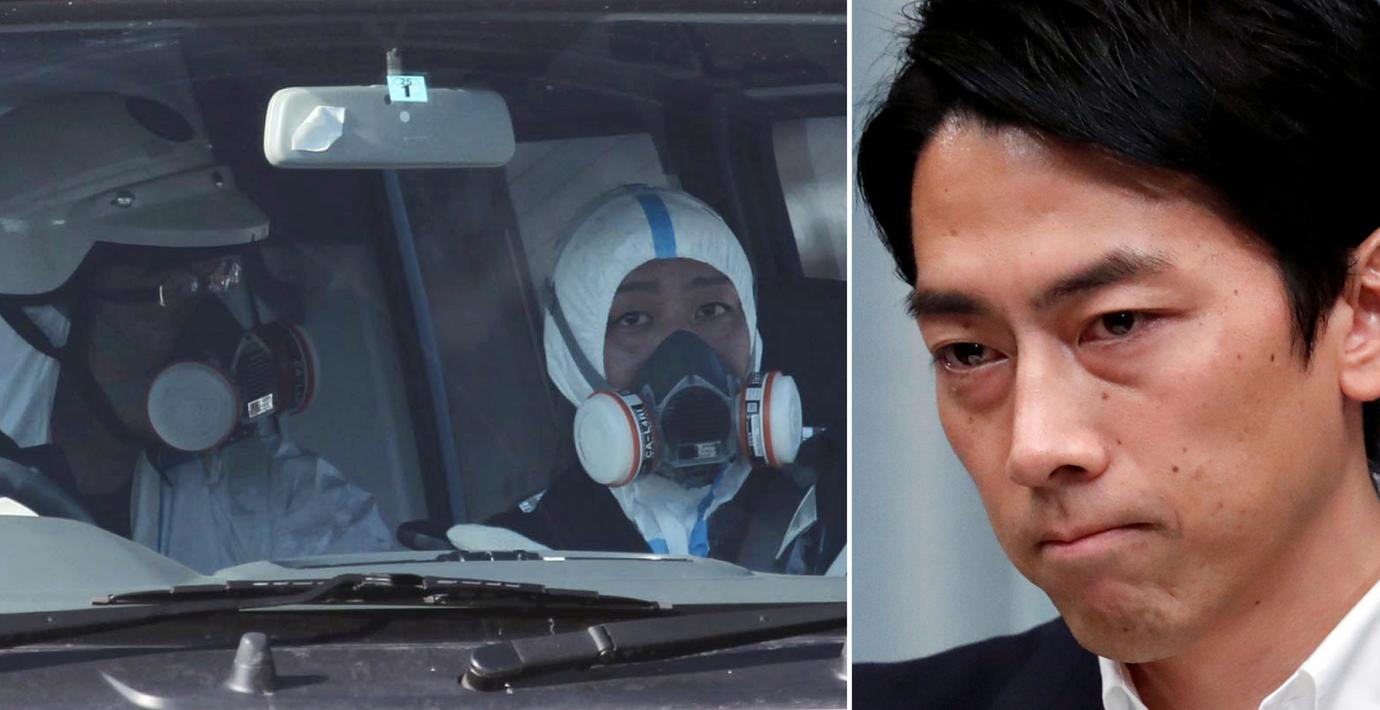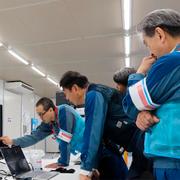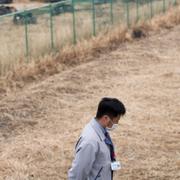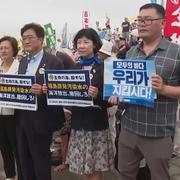
Miljöministern: Dödsdömda om Fukushima upprepas
Japans nya miljöminister Shinjiro Koizumi vill att landets kärnreaktorer ska skrotas för att förhindra att Fukushima-katastrofen upprepas, rapporterar internationella medier.
– Vi kommer att vara dödsdömda om vi tillåter ytterligare en olycka att inträffa, sa han vid en första presskonferens på posten.
Uttalandet kan göra att den nya ministern hamnar på kollisionskurs med Japans kärnkraftsvänliga premiärminister Shinzo Abe, skriver The Guardian.
Läs mer
bakgrund
Olyckan vid kärnkraftverket i Fukushima
Wikipedia (en)
The Fukushima Daiichi nuclear disaster (福島第一原子力発電所事故, Fukushima Dai-ichi (pronunciation) genshiryoku hatsudensho jiko) was a nuclear accident at the Fukushima Daiichi Nuclear Power Plant in Ōkuma, Fukushima Prefecture. The disaster was the most severe nuclear accident since the 26 April 1986 Chernobyl disaster and the only other disaster to be given the Level 7 event classification of the International Nuclear Event Scale.The accident was started by the Tōhoku earthquake and tsunami on 11 March 2011. On detecting the earthquake, the active reactors automatically shut down their fission reactions. Because of the reactor trips and other grid problems, the electricity supply failed, and the reactors' emergency diesel generators automatically started. Critically, they were powering the pumps that circulated coolant through the reactors' cores to remove decay heat, which continues after fission has ceased. The earthquake generated a 14-meter-high tsunami that arrived 46 minutes later, sweeping over the plant's seawall and flooding the plant's lower grounds around the Units 1-4 reactor buildings with sea water, which filled the basements and knocked out the emergency generators. The resultant loss-of-coolant accidents led to three nuclear meltdowns, three hydrogen explosions, and the release of radioactive contamination in Units 1, 2 and 3 between 12 and 15 March. The spent fuel pool of previously shutdown Reactor 4 increased in temperature on 15 March due to decay heat from newly-added spent fuel rods; but did not boil down sufficiently to expose the fuel.In the days after the accident, radiation released to the atmosphere forced the government to declare an ever larger evacuation zone around the plant, culminating in an evacuation zone with a 20-kilometer radius. All told, some 154,000 residents evacuated from the communities surrounding the plant due to the rising off-site levels of ambient ionizing radiation caused by airborne radioactive contamination from the damaged reactors.Large amounts of water contaminated with radioactive isotopes were released into the Pacific Ocean during and after the disaster. Michio Aoyama, a professor of radioisotope geoscience at the Institute of Environmental Radioactivity, has estimated that 18,000 terabecquerel (TBq) of radioactive caesium 137 were released into the Pacific during the accident, and in 2013, 30 gigabecquerel (GBq) of caesium 137 were still flowing into the ocean every day. The plant's operator has since built new walls along the coast and also created a 1.5-kilometer-long "ice wall" of frozen earth to stop the flow of contaminated water.While there has been ongoing controversy over the health effects of the disaster, a 2014 report by the United Nations Scientific Committee on the Effects of Atomic Radiation (UNSCEAR) and World Health Organization projected no increase in miscarriages, stillbirths or physical and mental disorders in babies born after the accident. An ongoing intensive cleanup program to both decontaminate affected areas and decommission the plant will take 30 to 40 years, plant management estimate.On 5 July 2012, the National Diet of Japan Fukushima Nuclear Accident Independent Investigation Commission (NAIIC) found that the causes of the accident had been foreseeable, and that the plant operator, Tokyo Electric Power Company (TEPCO), had failed to meet basic safety requirements such as risk assessment, preparing for containing collateral damage, and developing evacuation plans. At a meeting in Vienna three months after the disaster, the International Atomic Energy Agency faulted lax oversight by the Ministry of Economy, Trade and Industry, saying the ministry faced an inherent conflict of interest as the government agency in charge of both regulating and promoting the nuclear power industry. On 12 October 2012, TEPCO admitted for the first time that it had failed to take necessary measures for fear of inviting lawsuits or protests against its nuclear plants.
Omni är politiskt obundna och oberoende. Vi strävar efter att ge fler perspektiv på nyheterna. Har du frågor eller synpunkter kring vår rapportering? Kontakta redaktionen



